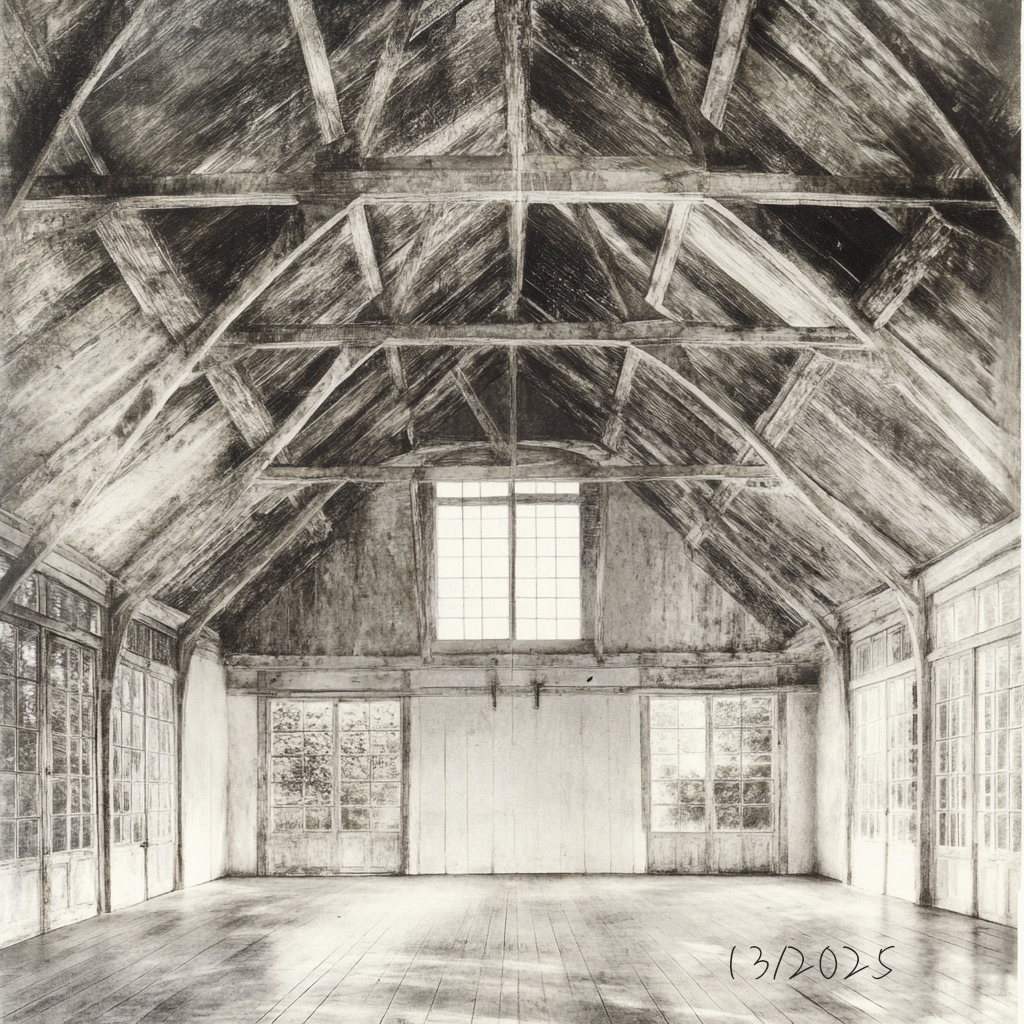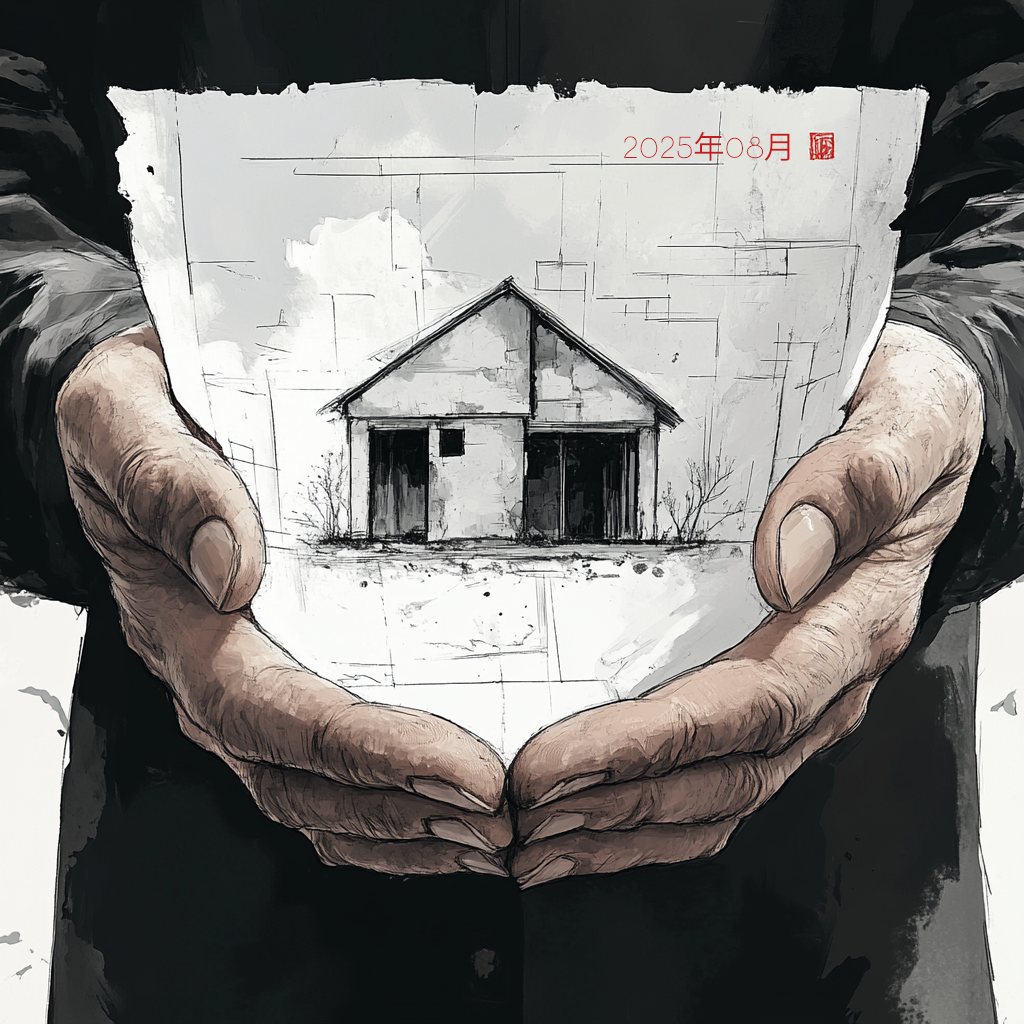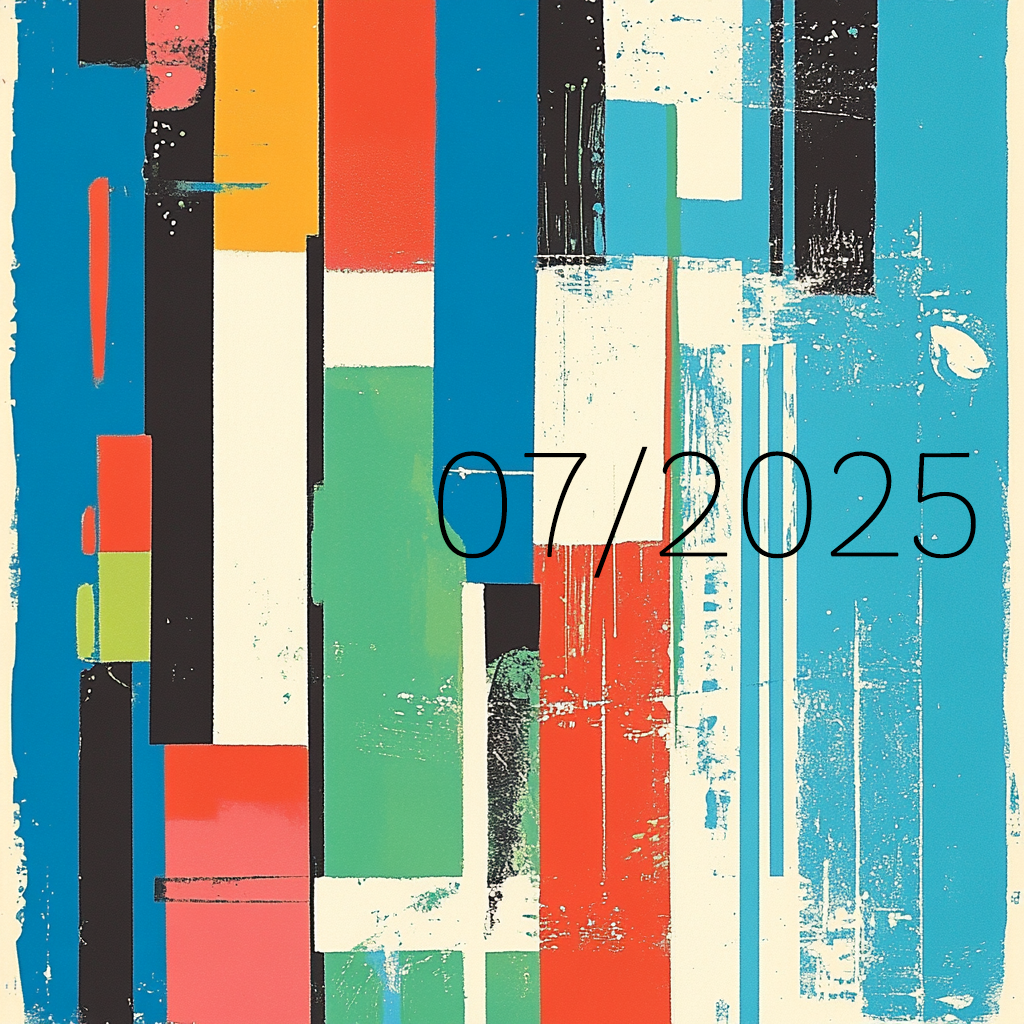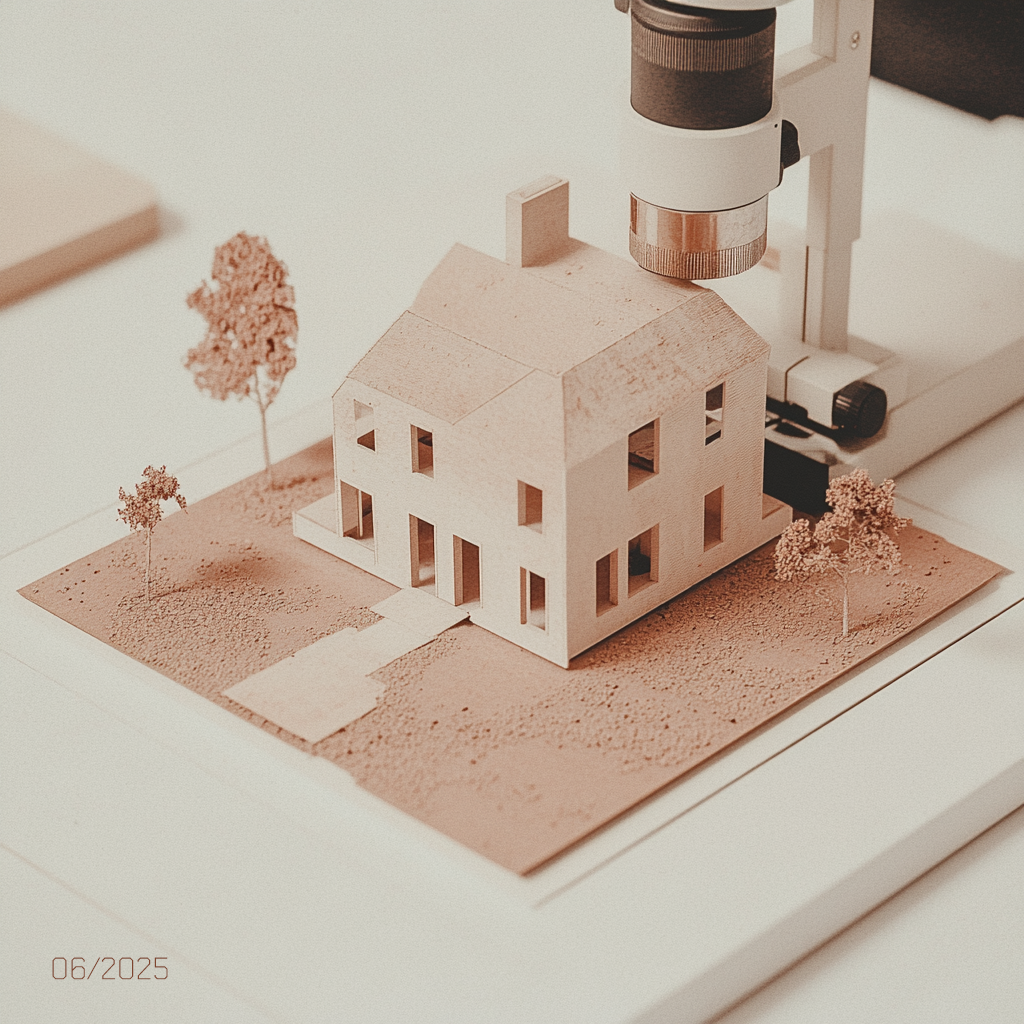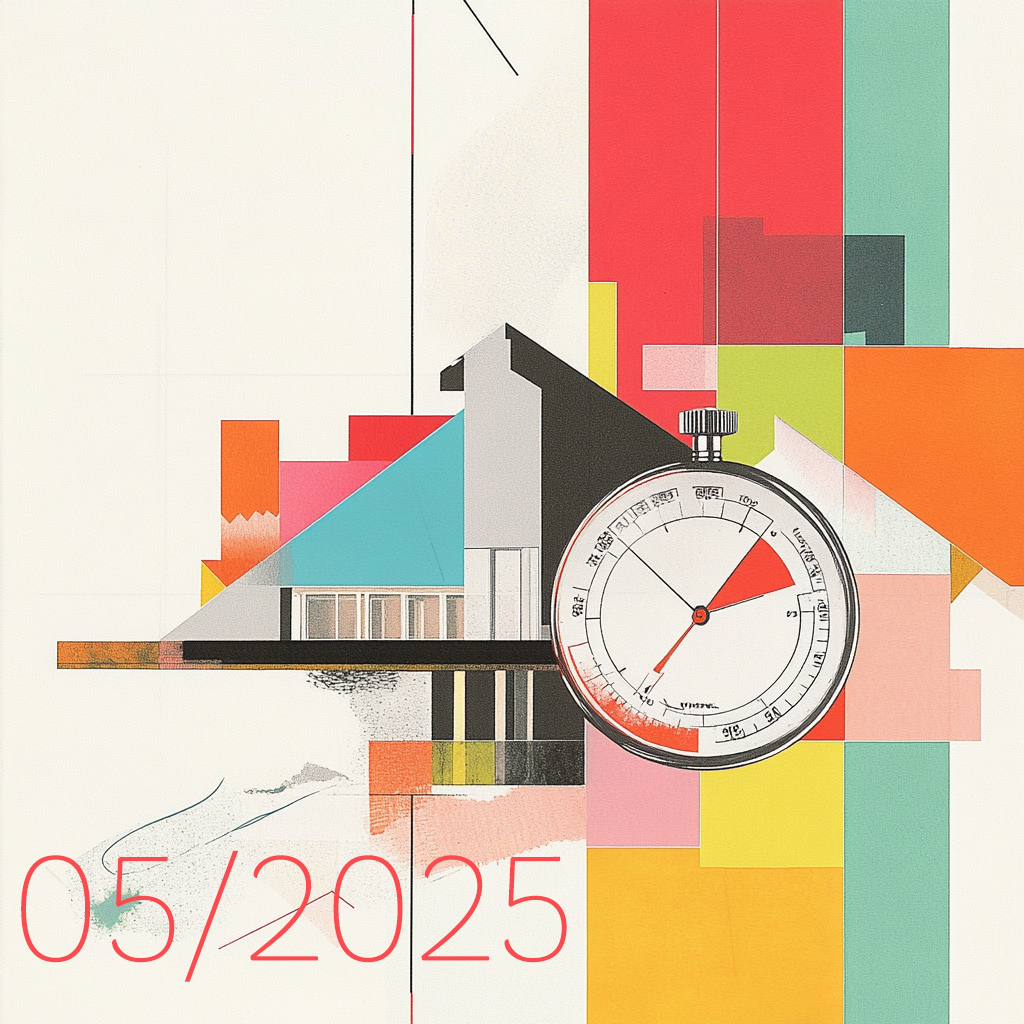Since the start of this renovation, there’s been a quiet tug-of-war, one I didn’t expect. The house sits near my Atlantic, in a place that doesn’t dress up for visitors. It used to be a carriage house, and you can still feel it. Especially in the ceiling; lofted, marked, exposed. Our contractor wants to cover it. I want to keep it breathing. Not for nostalgia, but because it tells the truth. And I think houses, like people, deserve to keep their stories visible.
12/2025: Color first, finish later.
Color isn’t just paint, it’s memory, mood, argument, compromise. In this renovation, I’ve learned that chroma is a moving target, wood has moods, and yellow tiles can sing or scream depending on the hour. Samples help, but they lie too. This isn’t just design, it’s negotiation between people who love each other and see “off-white” completely differently. We’re three weeks from moving in, and still adjusting the dial. Color first, finish later. Maybe.
11/2025: How do you make your money?
I’ve been closely watching how our general contractor makes his money—not with judgment, but with curiosity. Intermediation adds cost, but ideally, it also adds value. Despite budget constraints and surprises along the way, we still feel in control of the process. Special assessments, supplier discounts, subcontractor fees—it all adds up. And yet, even knowing we’ll exceed the original contract by about 30%, I see that this is how the system works. It’s not just about cost, it’s about making the project possible
10/2025: House renovations and AI
AI has reshaped my work in design, but in this house renovation, it’s completely absent. No predictive scheduling, no robotic automation—just skilled hands, traditional tools, and the unpredictability of real materials. My daughter, studying ceramics, works the same way—fully engaged, no “undo” button. In a world racing toward automation, will skilled trades and craftsmanship become the last truly human domains? Maybe. When everything else is optimized, perhaps the most valuable skill will be creating something that no machine can.
09/2025: Specialization Vs. Generalization
Watching specialists work—like the father and son plasterboard team on my renovation—reminds me of the balance between specialization and generalization in design. Industrial design once revolved around a few core skills, but today, expectations have expanded dramatically. CAD, visualization, human factors, research, marketing—designers now juggle a vast toolkit. Some might long for the days when sketching and modeling were enough, but the reality is, our profession has evolved. Like construction, design requires both specialists and generalists to build something lasting.
08/2025: Good Intentions Vs. Reality
I’ve spent decades navigating the contradictions of manufacturing—pushing for lower costs while knowing the hidden trade-offs. Quality, sustainability, responsibility—these ideals clash with reality when deadlines and budgets take over. Renovating a house brings these dilemmas front and center. Where does all the waste go? Are better, local materials even an option? Can you truly build responsibly within the system we’ve designed? I question it every day. Maybe the system is rigged, or maybe we’re just not strong enough to fight it.
07/2025: Who is doing the work?
Travel exposes you to architecture, food, and culture—but behind every great city is a workforce built by immigrants. In Paris, London, New York, Boston, and beyond, construction sites, kitchens, and taxis are powered by those who weren’t born there but keep things running. As I renovate my house in Boston, I see it firsthand—my contractor is local, but his crew? Brazilian. They’re the ones shaping this space. And when all is done, I’ll remember who built it.
06/2025: It is the micro-decisions
Bad design isn’t always the result of big, catastrophic decisions—it’s usually death by micro-decisions. A series of small, seemingly insignificant choices, each made for convenience, speed, or cost, snowball into something mediocre or outright frustrating. Whether designing products or renovating a house, these micro-decisions shape the final outcome. You can’t oversee them all, but you will live with them. Great design demands pushing beyond “good enough” and questioning assumptions before they turn into missed opportunities. Most people may not pinpoint why something feels exceptional—but they know when it does.
05/2025: What is your deadline?
Deadlines are deceiving. In any project—whether designing products or renovating a house—they create expectations that often unravel once reality sets in. We chose a master contractor based on a promised timeline, only to realize that, despite careful planning, the deadline won’t be met. Why does this happen so often? Optimistic scheduling, hidden dependencies, and inevitable changes. In design, in construction, in life—things take longer than we expect. But as long as communication stays strong and compromises are made wisely, things tend to work out. I hope.
04/2025: Pause
Image © Jose 2025 I am not pausing from writting, I am pausing from publishing. See you on the other side.
